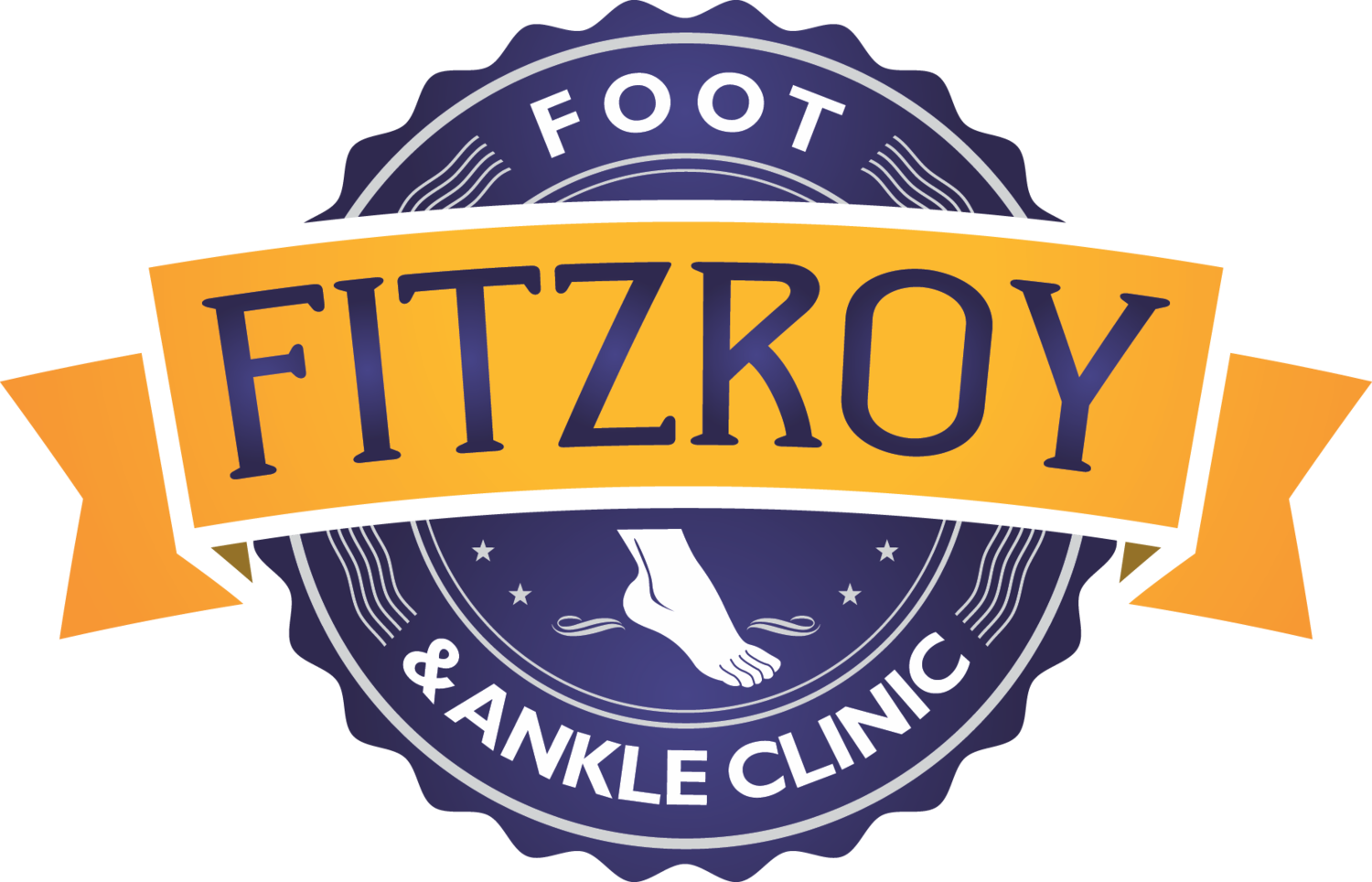Dry-needling is a treatment modality that our podiatrists use at Fitzroy Foot and Ankle Clinic.
Dry-needling is not the same as acupuncture. Acupuncture is a method used in and adopted from Traditional Chinese Medicine that focuses on the meridian system within the body.
Dry-needling uses a western model of medicine to release trigger points (tight bands) in muscle, but using the same acupuncture needles. The “dry” in dry-needling suggests there are no injectable substances being passed through the needle into the body. Dry-needling is not usually painful but it can be uncomfortable for some people.
Let’s discuss the idea of trigger-point therapy and try to understand its relationship to dry needling. A trigger-point is a hyperirritable spot, usually within a taut band of skeletal muscle. The spot can be painful on compression and may give rise to referred pain and tenderness. A 'twitch' response may be elicited when the needle contacts a trigger point, may cause slight discomfort and an unusual sensation.
What can dry needling help with?
As podiatrists, a dry-needling treatment in our clinic is localised to the lower limb and foot. Dry needling can provide excellent relief for tight calf muscles, tibialis posterior pathology, achilles tendon pathology, plantar fasciitis, peroneal pain or dysfunction, specific muscular pain in the forefoot region.
Is dry needling for everyone?
There are some situation where dry-needling may not be appropriate, but for most people, dry-needling can be an valuable part of a treatment plan. It is suitable for patients who are open to the treatment modality, and age, gender, body composition, and history of dry needling are not barriers. Patients with a severe phobia of needles would likely struggle to relax during the treatment, and so for that reason, might like to consider other treatments.
Are there any side effects?
Following treatment, the tissue that has been needled, may feel a little tender to touch. There may also be a sensation of muscle stiffness during movement. Light stretching as demonstrated by your podiatrist and increasing your intake of water are two ways to reduce symptoms post-needling. Side effects from dry-needling subside within 6-24 hours of treatment.
If you think this treatment option may benefit you, make a time to chat with one of our podiatrists. Click here to make an appointment.

